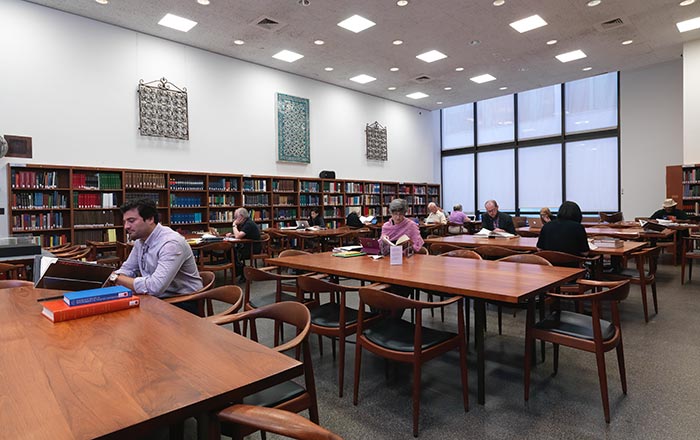The Theory and Practice of Gardening : Wherein is Fully Handled all that Relates to Fine Gardens, Commonly called Pleasure-Gardens, as Parterres, Groves, Bowling-Greens &c. ....
Author Antoine Joseph Dézallier d'Argenville French
Not on view
Dezallier d'Argénville's "La Théorie et la pratique du jardinage" became the standard international text of the grand French manner of garden design. First published in 1709, the treatise went through several editions and was translated into English by the architect and surveyor John James in 1712. James was one of the most experienced and dependable surveyors of his time; he has been associated with garden design because of this translation. One of the most interesting techniques presented in the book is the ha-ha, a hidden trench that acts as a barrier for grazing livestock without blocking the view of a landscape. Originally a French military invention, the ha-ha was frequently used in English eighteenth-century gardens. James's translation uses the original French term ah-ah: for it "surprises the Eye upon coming near it, and makes one cry, Ah! Ah! from whence it takes its Name." The Library's copy is bound in a contemporary brown calfskin, blind-tooled in a panel design, with all edges red.
Illustrated: pl. 4A, the general disposition of a garden of twelve acres
Due to rights restrictions, this image cannot be enlarged, viewed at full screen, or downloaded.

